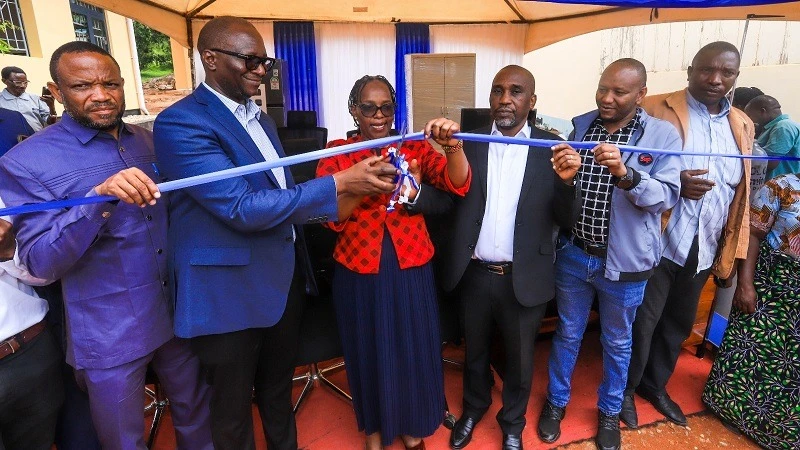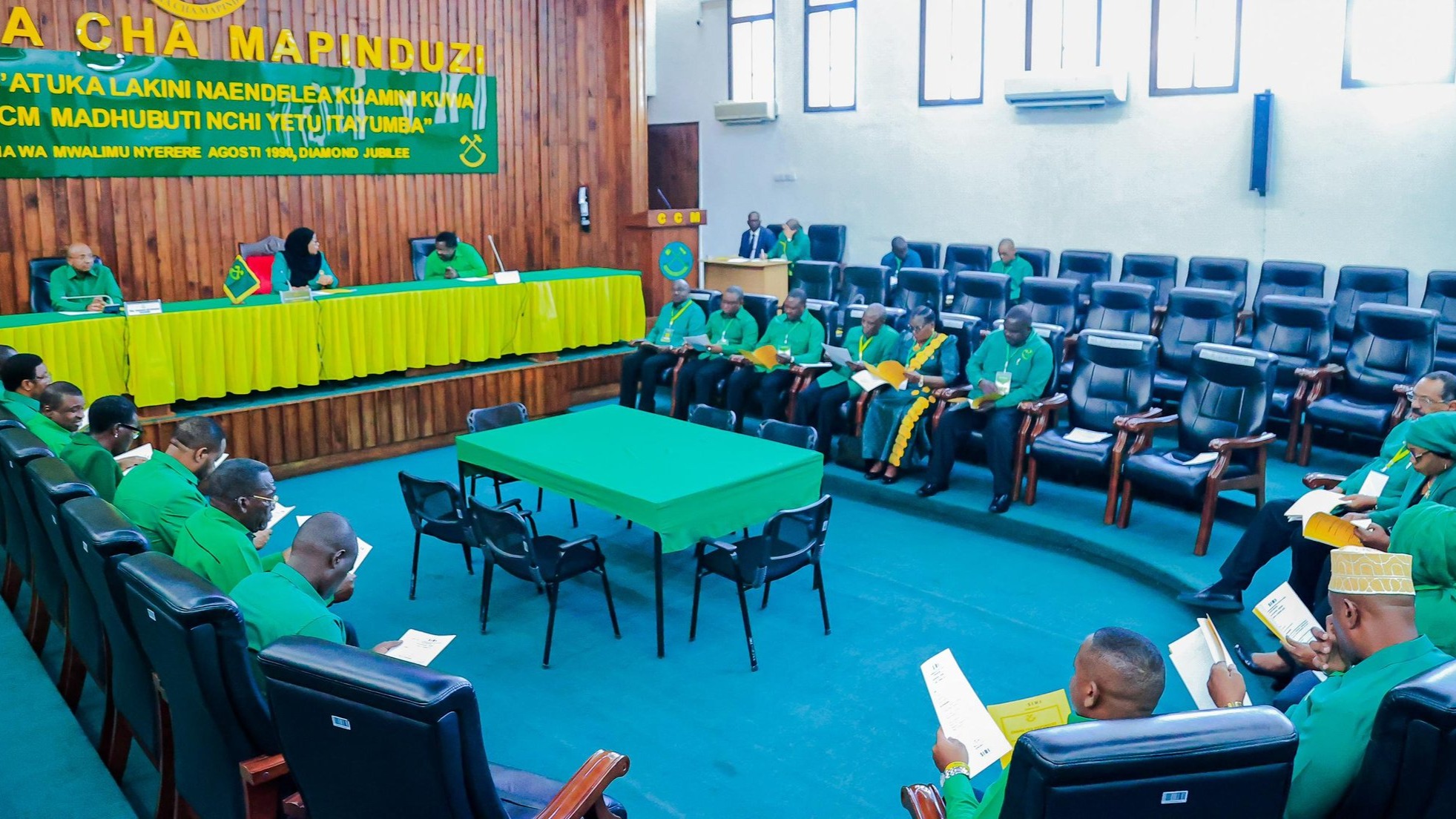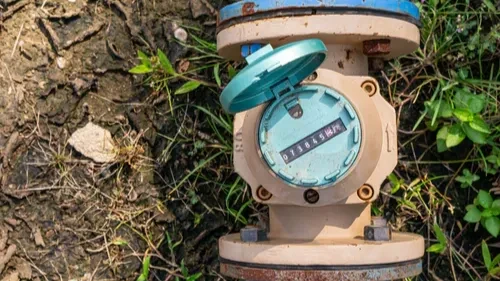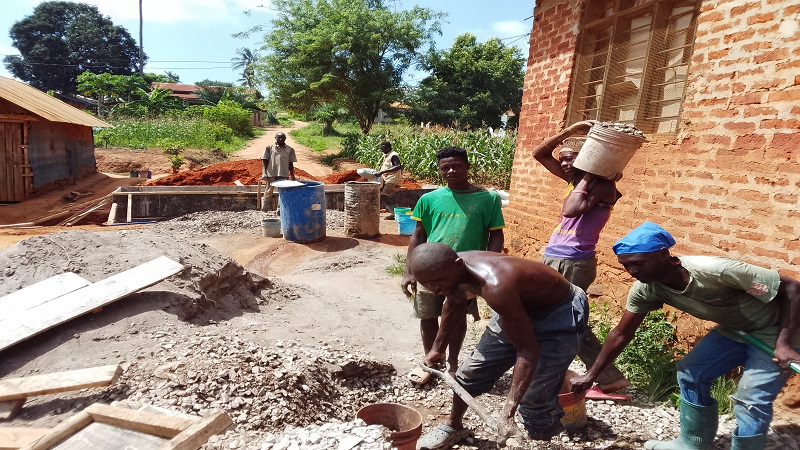‘Gombe chimpanzees now facing extinction’
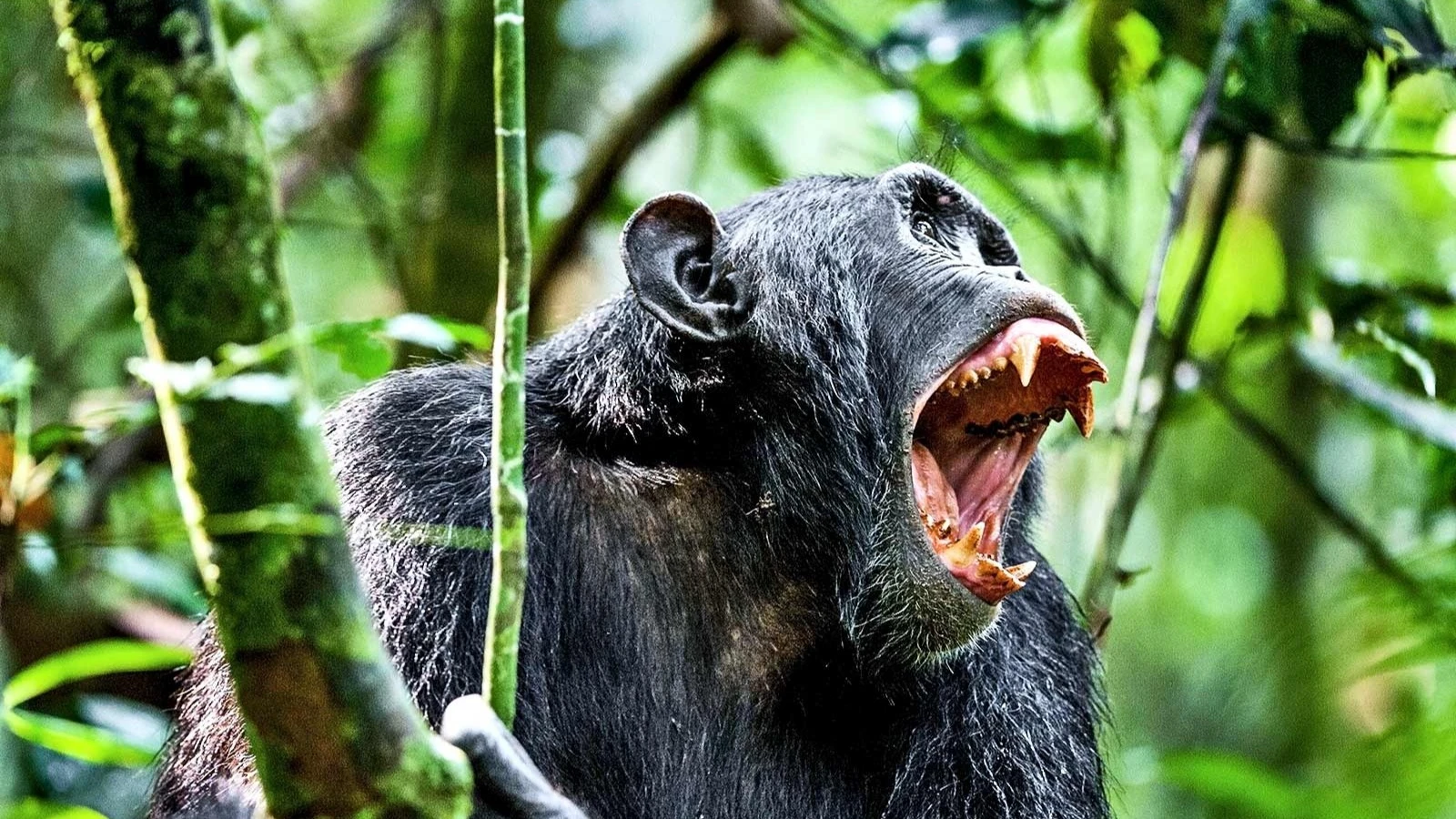
ONE of the world’s most famous chimpanzee colonies is facing an existential threat, a researcher has warned, calling for urgent steps to address the issue.
Simula Maijo, a senior researcher at the Tanzania Wildlife Research Institute (TAWIRI), said in an interview at the Gombe National Park in western Tanzania midweek that from around 150 chimpanzees in the 1960s, the total population in the park has dwindled to around 90.
Prof Jane Goodall, an iconic conservationist at the global stage, studied the Gombe chimpanzees in the decades after independence, setting the pace for their global renown and framework of their protection.
Research by the legendary primatologist offered invaluable insights into human evolution and behaviour, while in the later years their habitat on the shores of Lake Tanganyika is steadily falling to agricultural expansion.
The animals also face risks of poaching and contagious diseases, the researcher noted, intoning that it is heartbreaking to see the destruction of the forest and the chimpanzees struggling the way they are today.”
“Each tree cut down means a loss of food and shelter for apes,” he said, elaborating that the park, located 16 kilometers (10 miles) north of Kigoma municipality, has no perimeter fences.
The chimpanzees roam freely through the winding corridors of the forest as the corridors connect various chimpanzee colonies in the park. The corridors are rapidly disappearing, isolating the various groups of animals and reducing their genetic diversity, he specified.
Charcoal production and timber extraction are primary factors in depleting the forest area, he said, citing smallholder farming as having transformed the corridors into fragmented patches.
This has increased human-wildlife conflicts which accelerate the decline in numbers while also exacerbating the risk of contracting diseases, he explained, noting that as one travels to Gombe from Kigoma, the evidence of forest destruction is glaring.
Sacks of charcoal line the road and swathes of land have been cleared for farming. Cassava and oil palms dominate the landscape, the latter being a major contributor to habitat loss, he said, underlining the need to act now to protect these incredible creatures before it’s too late.
Their survival is linked with the health of our environment and implicitly with our own well-being, he said, elaborating that conservationists are relying on a multifaceted approach to protect the chimpanzees.
A key part of the strategy is the restoration of the forest corridor, he said, pointing at the replanting of native trees to reconnect the fragmented habitats, thus allowing the chimpanzees to move freely and find new mates, boosting genetic diversity.
Livingstone Paul, a resident conservationist, said that restoring the corridors is vital for the long-term survival of Gombe chimps, stressing tree planting and ecosystem restoration, backed up by creating land-use plans for villages around the park.
Researchers utilise satellite imagery to map the area and engage villagers to identify land for settlements, grazing and sparing land for conservation, a joint effort that has led to setting up village forest reserves.
Sofia Jamali, a community leader, says that with upwards of 100 villages around Gombe, about 70 have set aside land for conservation, thus by involving local communities, the park has created a network of guardians for the chimps.
Many people have adopted better farming methods to reduce tree cutting and discourage poaching, she said, as researchers set out a comprehensive health surveillance system, she said.
Yohanna Manumbu, who described himself as a poacher-turned-conservationist, said that regular veterinary checks and disease monitoring for early detection and intervention was crucial as early intervention can mean the difference between life and death.
“I had no idea how important these apes were until I got involved in conservation work. They’re part of our heritage, and we need to protect them for future generations.”
The TAWIRI researcher stressed the importance of Gombe’s chimpanzee population as “a vital part of our planet’s biodiversity and a link to our own evolutionary past.”
“We need the world to understand what is at stake. These chimpanzees are an integral part of our natural heritage and we can’t afford to lose them,” he vehemently asserted.
“It’s crucial that we protect them, not only for our environment and economy, but also for the benefit of future generations,” he added.
Top Headlines
© 2025 IPPMEDIA.COM. ALL RIGHTS RESERVED






